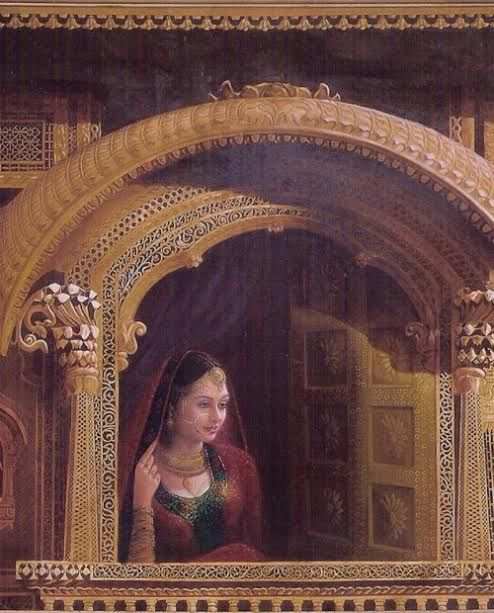Taking a peek into “Jharokha”
There was a time when the females of royal families were supposed to stay either indoors or were supposed to keep their faces hidden from the general public. They could not move out to enjoy the local festivals and celebrations among the common masses. Their world was limited to the palace or the fortress. Those […]

There was a time when the females of royal families were supposed to stay either indoors or were supposed to keep their faces hidden from the general public. They could not move out to enjoy the local festivals and celebrations among the common masses. Their world was limited to the palace or the fortress. Those were the times when festivals and celebrations were not limited to a single household. Each cultural event was observed in the open. Entire town used to take part in processions regarding deity worship and festive dances. Even the processions that were held in honour of the ruler as part of birthday celebrations or the coronation ceremonies used to have huge gatherings. These were the moments when the females couldn’t come out to enjoy the public activities because of the prevailing purdaah pratha – the ritual of staying hidden from the eyes of other males of the town.

To enable viewing of these celebrations and events, the royal families had provision of Jharokha system. These jharokhas were actually windows in the upper storey of the palace or any other building which were exemplary pieces of architecture of those times. With beautiful carvings, these jharokhas were projections made in rooms which opened like windows towards the road from where the general processions were meant to pass or in the courtyard where the ceremonies were held. The females would gather in these jharokhas to peep out to see the processions. These jharokhas had eave like structure on top locally called छज्जा to prevent direct rays of the sun and rain water from coming in.

Rajasthan has some of the beautiful jharokhas which can be seen in the Patvon kee haveli of Jaisalmer. These are made from yellow stone with beautiful flowers carved with such a fine style that makes people wonder as to how it was done on stone during the time when there were no machines. Even Gujarat has jharokha system which can be seen in the havelis and temples.
Jharokhas were also made during Mughal empire as the rulers used to address the public through these jharokhas very often. This system was referred to as “jharokha darshan”.
With the modern machines, jharokha practice has gained more popularity but as fashion symbol. It is more of a decoration piece and can be seen made in wood, too. These beautiful examples of architecture have travelled even in the European countries and people look forward to have these beautiful windows in their houses to give them an antique look.
To join us on Facebook Click Here and Subscribe to UdaipurTimes Broadcast channels on GoogleNews | Telegram | Signal


